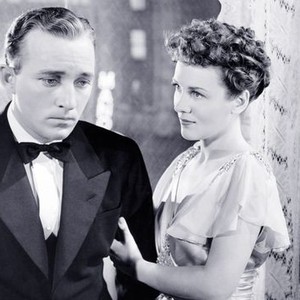On Sunday evening, January 7, 1945, Anaheim’s war news weary residents sat down again to listen to the nation’s favorite radio entertainer, Mr. Sunday Night himself, Jack Benny. Heard locally on KFI radio at 4 p.m. (for New York broadcast at 7 p.m. EST) and sponsored by Lucky Strike cigarettes, this night’s broadcast would be like no other before and forever change our community of Anaheim. On this show, Jack’s writers conceived 3 new characters and devices that were to remain among the most popular in broadcasting. We learned about penny-pinching Jack’s underground “vault” with its outlandish protection systems as well as meeting a young Sheldon Leonard playing the gravel-voiced “Race Track Tout.” The third “bit,” intended as a once-used throwaway line, will be long remembered by 3 Southern California communities.
The story goes like this: the L.A. Union Station conductor (played by Mel Blanc) announces to Jack’s entourage heading to New York: “Train leaving on Track 5 for Anaheim, Azusa and Cuc----amonga!” While Jack seems oblivious to the recitation of these rhythmic names, the residents of Anaheim are in disbelief. Known as the capital of the Valencia orange empire and the pre-war training grounds of Connie Mack’s Philadelphia Athletics, the name Anaheim was never known as a household word or the subject of national radio comedy. Regardless the 3 stops were not even on the same Santa Fe Railroad line, the audience response to Mel Blanc’s booming announcement was very positive and this bit was used often during Jack’s radio years and was heard again when Jack came to Television in the early 1950’s.
The national recognition that these 3 towns were starting to receive (humorous or not) was not lost on their local Chambers of Commerce. Wartime issues were still of top community interest but once hostilities ended, efforts began to “adopt” Jack as each town’s native son. Every plan must have a leader and Anaheim had Mr. Ernest W. Moeller, the Secretary-Manager of the Chamber of Commerce. Moeller, Chet Burke (The Anaheim Gazette Editor), Cornelius Smith from Azusa and Clifton Chappell of unincorporated Cucamonga began a campaign in late 1945 to declare Jack Honorary Mayor of the 3 communities...























